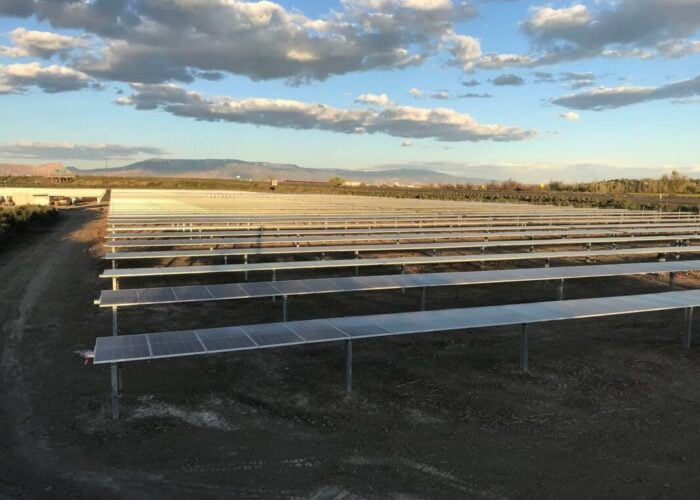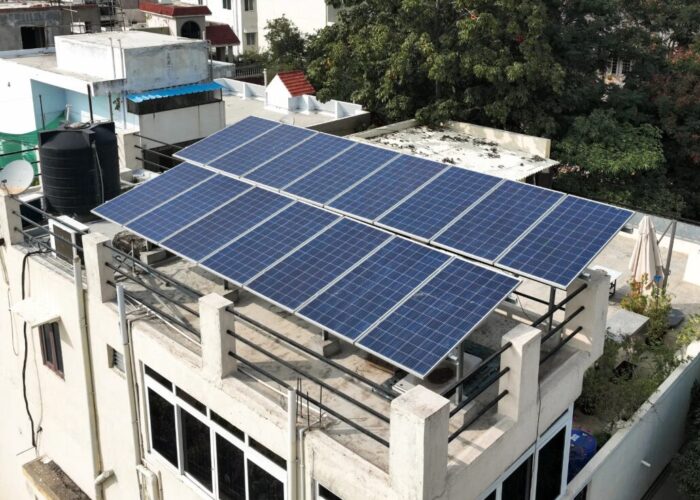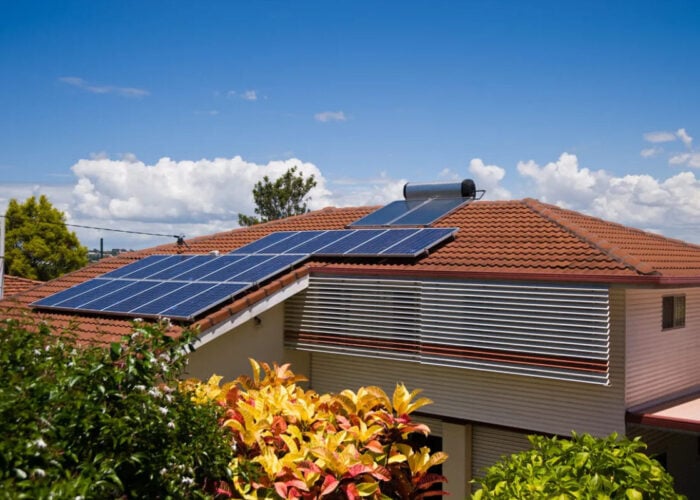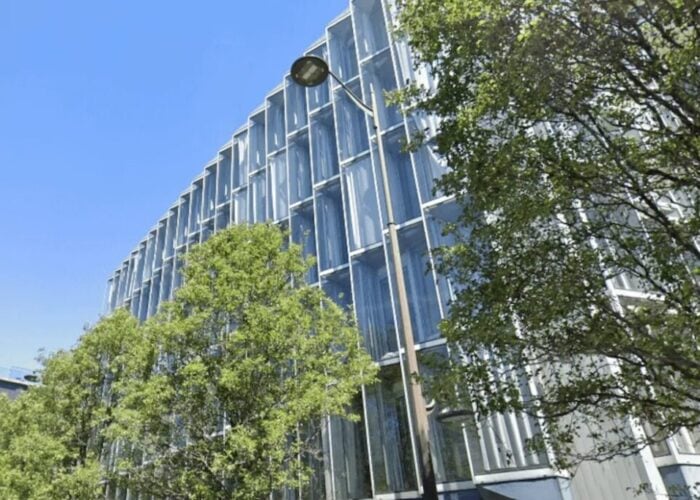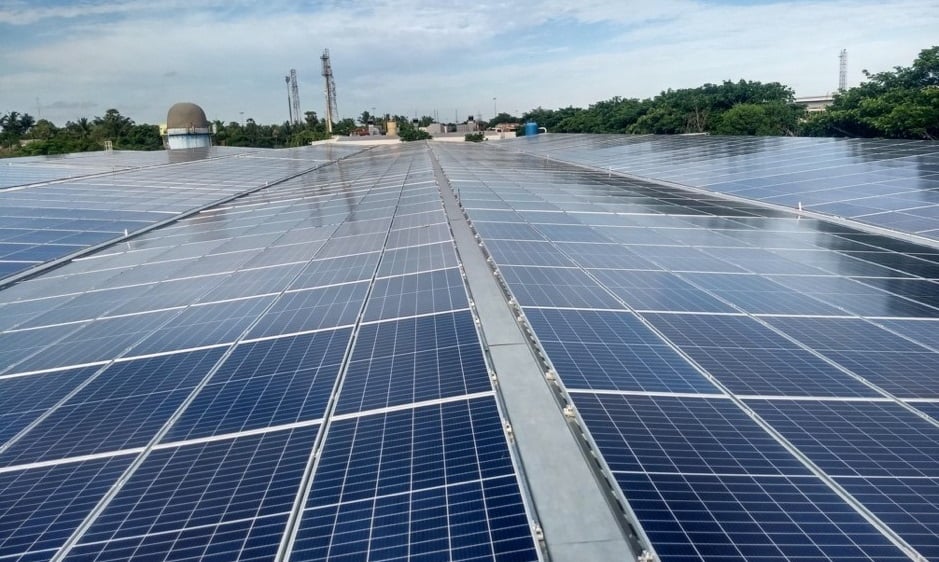
The US needs to deploy a minimum of 103GW of distributed solar and 137GW of distributed energy storage by 2030 to achieve President Biden’s climate goals at the lowest cost, according to a new report by Local Solar for All, a coalition of local solar advocates.
The report, which is based on an analysis from electric grid modelling firm Vibrant Clean Energy, also showed that scaling up distributed solar and storage would reduce stress on utility-scale resources and “enable access to 579GW of utility-scale solar and 442GW of wind”, save ratepayers over US$109 billion by 2030 compared to only deploying utility-scale renewables and create more than 1.2 million new jobs by 2030.
Try Premium for just $1
- Full premium access for the first month at only $1
- Converts to an annual rate after 30 days unless cancelled
- Cancel anytime during the trial period
Premium Benefits
- Expert industry analysis and interviews
- Digital access to PV Tech Power journal
- Exclusive event discounts
Or get the full Premium subscription right away
Or continue reading this article for free
“We have always known that customers want distributed solar and storage and that they bring significant societal benefits, but we now know that at-scale, these assets also save the grid and all ratepayers money,” said Jeff Cramer, executive director of the Coalition for Community Solar Access.
The report is the latest analysis to highlight the economic and social benefits of growing the amount of distributed solar and storage on the US grid. The Department for Energy’s (DOE) Solar Future Study and the Solar Energy Industries Association’s (SEIA) recent 30×30 analysis came to similar conclusions about the rate of change required, with the former telling the industry much about the next steps for solar.
“This study backs up the findings of other recent studies – that emphasising local solar and battery storage, in partnership with large-scale renewables, leads to more societal benefits and lower costs,” said Rob Sargent, campaign director for Local Solar for All.
Using conservative cost and technology assumptions, the report examined how to build the lowest cost grid using President Biden’s climate goals as key constraints. These are 80% clean electricity by 2030, 50% economy-wide carbon reductions by 2030, 95% economy-wide carbon reductions by 2050, and 100% electrification of the economy by 2050.
“By making rooftop and community solar a priority in President Biden’s plan for 80% clean energy by 2030, we can save money and create more jobs, while building the foundation for a more equitable, consumer-focused energy system powered entirely by clean electricity,” said Sargent.
The report comes amid calls from SEIA for solar to account for 30% of the country’s electricity generation by 2030 as US renewables production reached an all-time high in the first half of this year, with solar generation rising by almost 25%.


